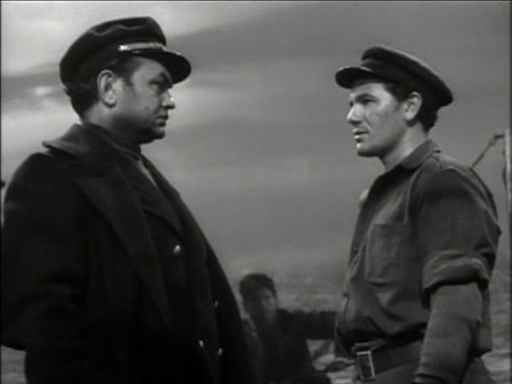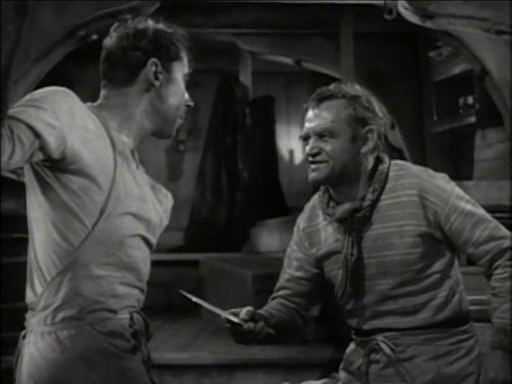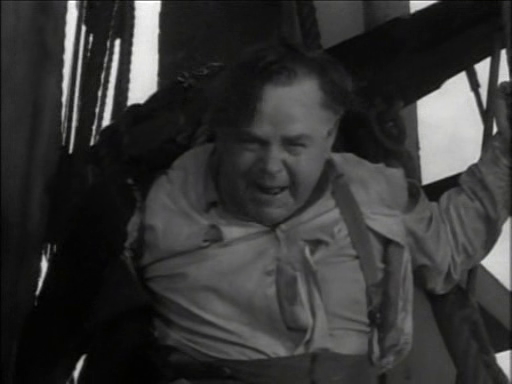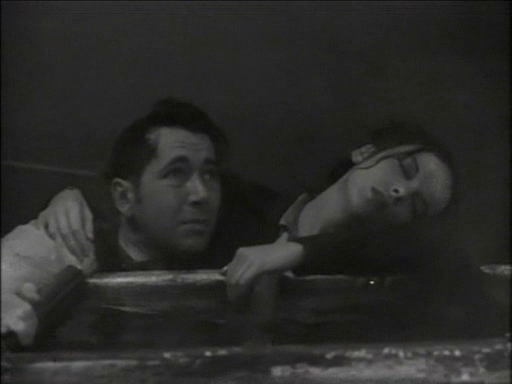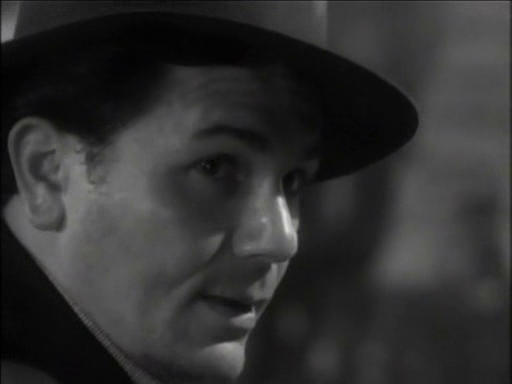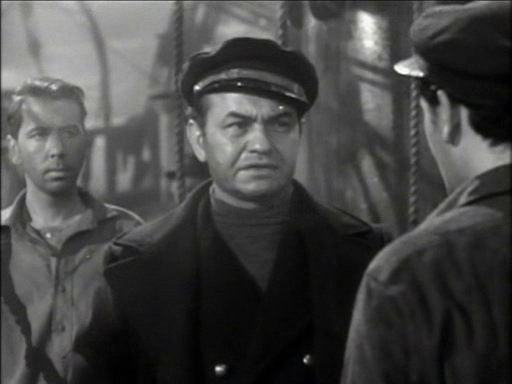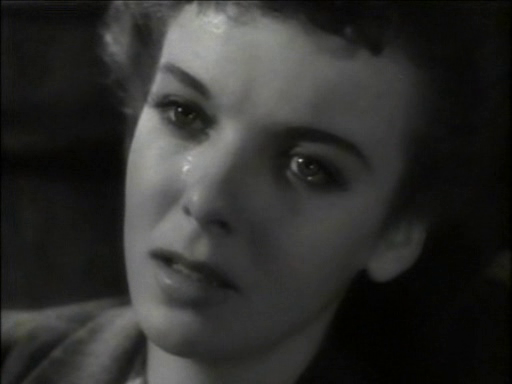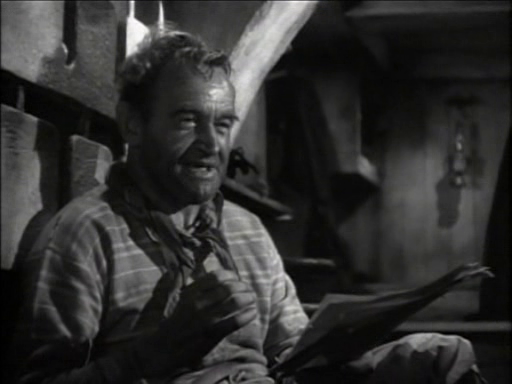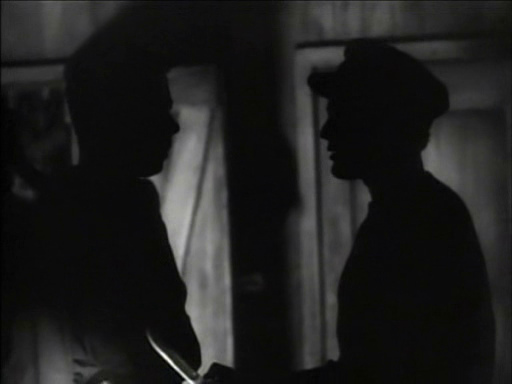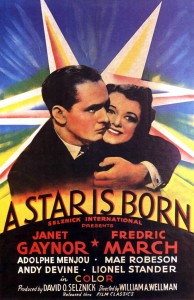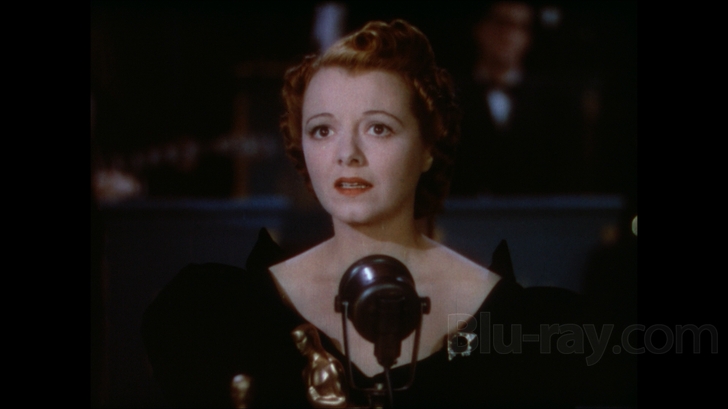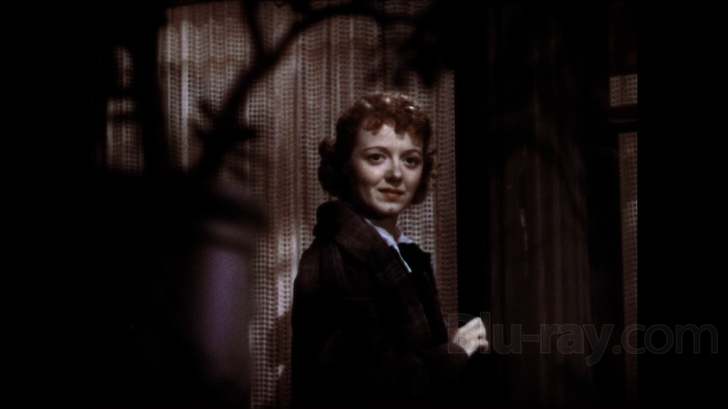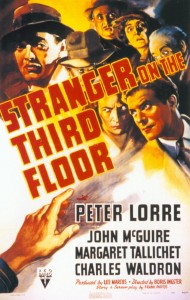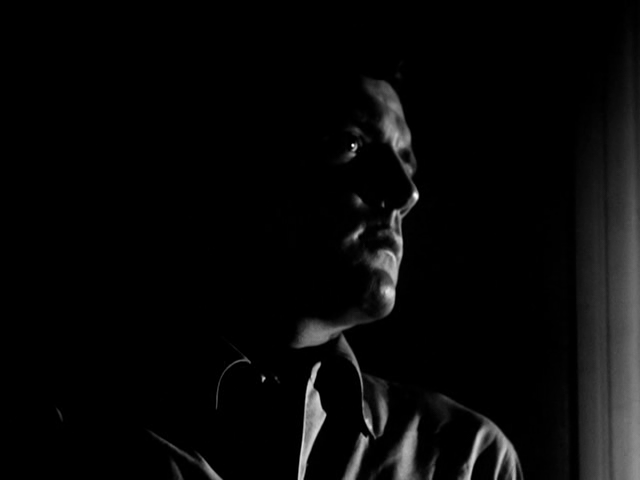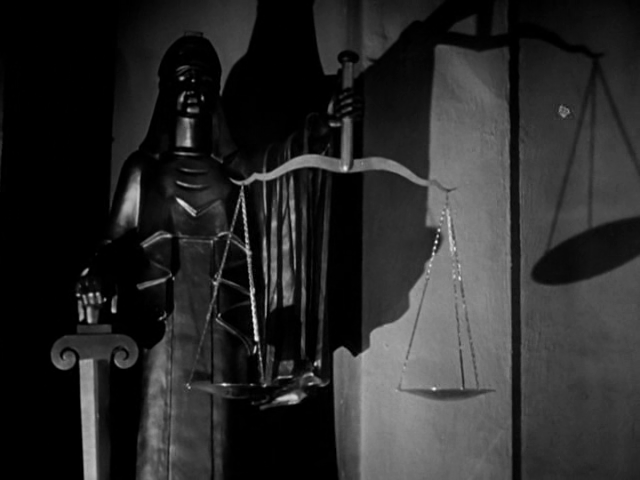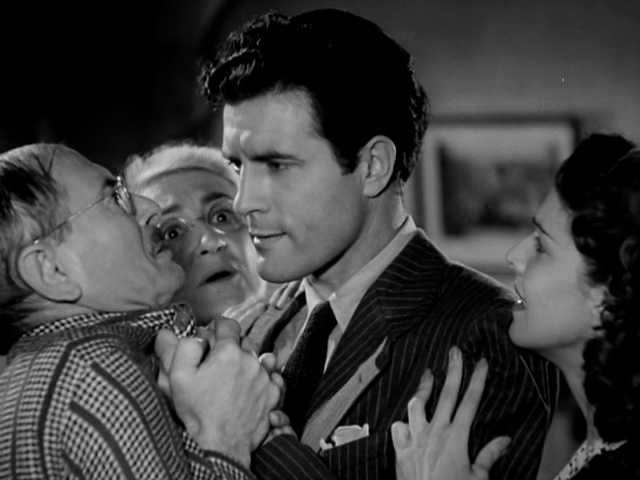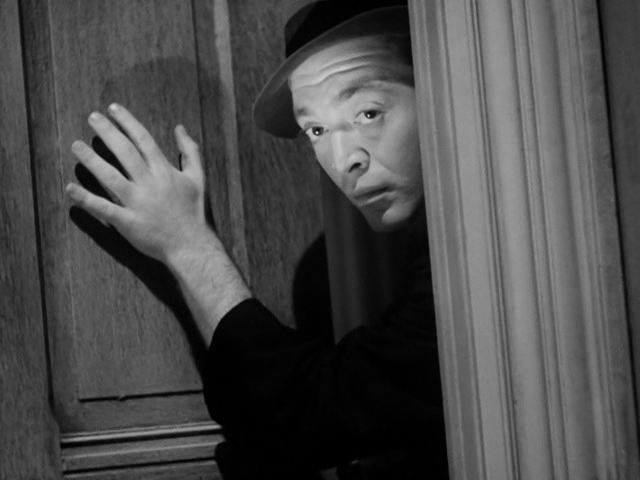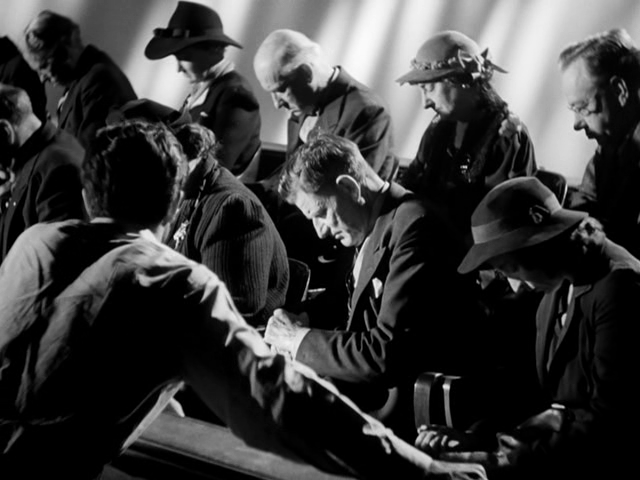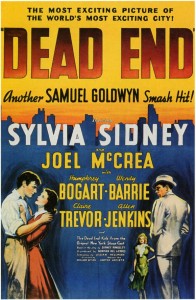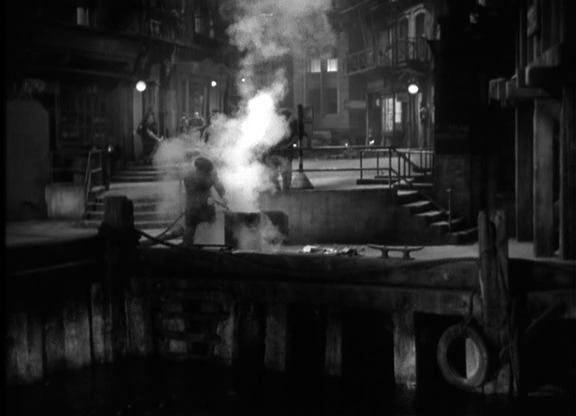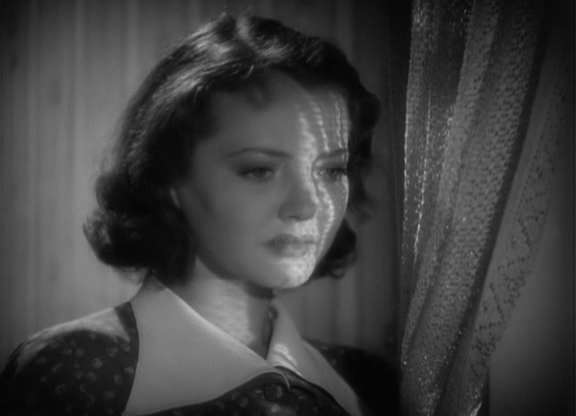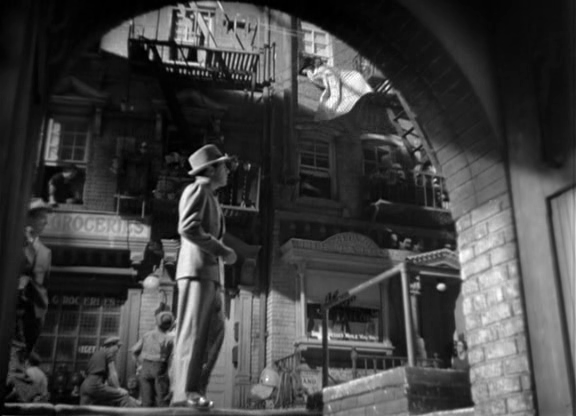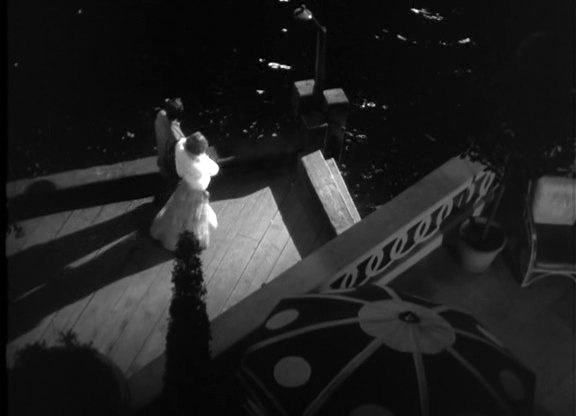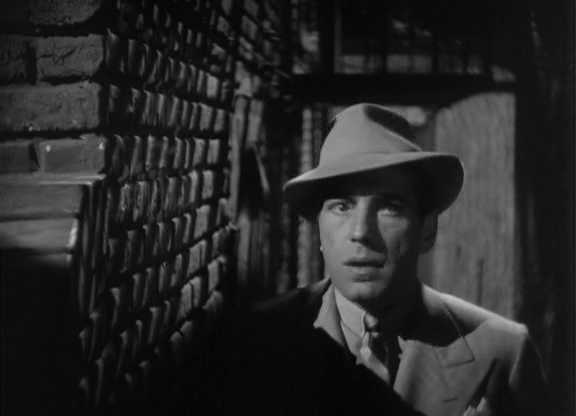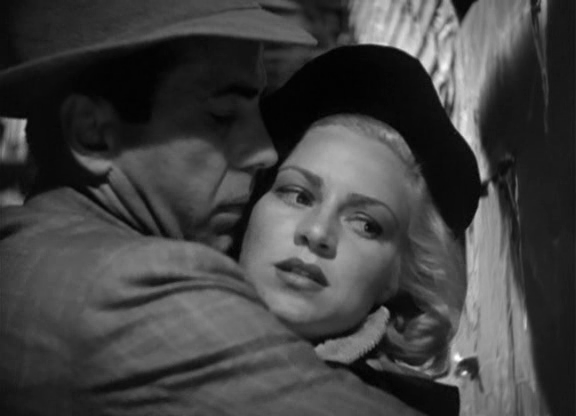Sea Wolf, The (1941)
“I’m obeying the law, Mr. Van Weyden — the law of the sea!”
|
Synopsis: |
|
Genres, Themes, Actors, and Directors:
Review: He hits, kicks, and slaps at will, but also uses his shipmates’ weaknesses against them psychologically: he appears to be supportive, then sucker-punches them either literally or metaphorically, as occurs with both a tippling chef named Cooky (Barry Fitzgerald in particularly vile form): and alcoholic Dr. Prescott (Gene Lockhart). Even the protagonist — soft-spoken but resolute writer Humphrey Van Weyden (Knox) — gets caught in Wolf’s snare. Less susceptible are a pair of perennially-suspicious fugitives (Garfield and Lupino) who will clearly do anything to escape and remain independent; they’re not swayed by Wolf’s snake-like charisma. Ironically, the split focus between the four central characters, while likely faithful to the source material, diffuses the film’s impact somewhat. We know who to hiss at, but we’re torn between paying attention to Knox (appropriately subdued in his role) or Garfield (whose character is somewhat undeveloped). Meanwhile, Lupino’s character — the only female — is so intriguing we wish we could learn more about her. Regardless, The Sea Wolf remains a strongly directed drama featuring fine performances, and is well worth a one-time look by film fanatics. Redeeming Qualities and Moments: Must See? Links: |

